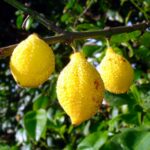
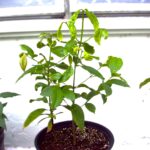
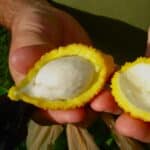
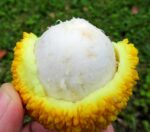
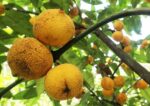
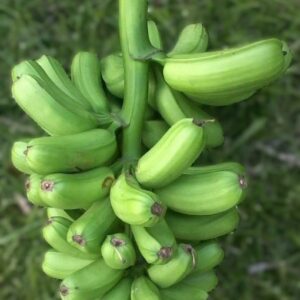
Madroño (Garcinia madruno) tropical live fruit tree 12″- 24″ inch
$79.99 Original price was: $79.99.$69.99Current price is: $69.99.
Garcinia Madroño is a fascinating tropical fruit tree that offers a blend of culinary, nutritional, and ecological benefits. Its attractive appearance, flavorful fruit, and resilience make it a desirable choice for tropical and subtropical gardens, particularly for those interested in sustainable agriculture or agroforestry. Whether enjoyed fresh, incorporated into dishes, or used in traditional remedies, Garcinia madruno provides a unique taste of the tropics and plays a valuable role in supporting biodiversity and local ecosystems. With proper care, including consistent watering, appropriate fertilization, and occasional pruning, Garcinia madruno can thrive and provide abundant harvests for years to come, making it a rewarding addition to any tropical garden.
Madroño (Garcinia madruno)
Appearance and Characteristics:
Garcinia madruno is a medium to large evergreen tree that typically reaches a height of 15 to 50 feet, depending on growing conditions. It has a straight trunk with smooth bark, often gray or brown, and a dense, rounded canopy that provides ample shade. The tree’s foliage is dark green and glossy, with leaves that are oblong or lance-shaped, giving it a lush, tropical appearance that makes it an attractive option for landscaping.
The flowers of Garcinia madruno are small, yellowish-white, and grow in clusters on the branches. These blooms eventually give way to the tree’s characteristic fruit, which is round or slightly oval and measures about 2 to 4 inches in diameter. The fruit has a tough, leathery rind that ripens from green to bright yellow or orange, depending on the variety. Inside, the flesh is juicy, soft, and segmented, somewhat like a citrus fruit, with a slightly acidic taste that is both refreshing and flavorful. The seeds are small and usually covered by the translucent, jelly-like pulp, which is the edible part of the fruit.
Taste and Culinary Uses:
The fruit of Garcinia madruno has a tangy, citrus-like flavor with a subtle sweetness that makes it refreshing and versatile. Its taste is often compared to that of mangosteen or even certain types of citrus fruits, such as grapefruit or lemon, but with a milder acidity. The fruit is typically consumed fresh, either on its own or with a sprinkle of sugar or salt to enhance its natural flavors.
Garcinia madruno is popular in many culinary applications. It can be used to make juices, jams, jellies, and preserves, which capture the fruit’s tart, tropical essence. The pulp is also used in desserts, smoothies, and fruit salads. In some regions, it is incorporated into sauces and marinades for meats and seafood, adding a unique acidity that balances the richness of these dishes. The fruit’s aromatic and tangy flavor makes it an excellent ingredient for both sweet and savory recipes, adding depth and tropical flair.
Nutritional Value:
Garcinia madruno is a highly nutritious fruit, rich in vitamins, minerals, and antioxidants. The fruit is a good source of vitamin C, which supports immune health, skin health, and overall well-being. It also contains B vitamins, including niacin, riboflavin, and thiamine, which aid in energy production, metabolism, and maintaining healthy skin and nerves. Additionally, the fruit’s antioxidants, such as polyphenols and flavonoids, help combat oxidative stress, supporting cellular health and reducing inflammation.
The fruit is also low in calories and contains dietary fiber, which aids in digestion and helps maintain a healthy weight. The presence of minerals like potassium, calcium, and magnesium further enhances its nutritional profile, supporting cardiovascular health, bone health, and proper muscle function.
Growing Conditions:
Garcinia madruno thrives in warm, humid tropical climates and is best suited for USDA hardiness zones 10 to 12. The tree prefers a location with full sun to partial shade and grows best in well-drained, fertile soils rich in organic matter. It tolerates a range of soil types, including sandy and loamy soils, though it performs best in soil with a slightly acidic to neutral pH.
Garcinia madruno trees require consistent moisture, particularly during the growing season, to support healthy growth and fruit production. In regions with dry seasons, supplemental irrigation may be necessary to ensure adequate moisture. The tree is relatively slow-growing and takes several years to reach maturity and begin producing fruit, but once established, it is relatively low-maintenance.
In areas where temperatures drop below 50°F, growing Garcinia madruno in a greenhouse or as a potted plant that can be brought indoors during cold months may be necessary. The tree does not tolerate frost and should be protected from cold winds, as these can damage its leaves and inhibit fruiting.
Propagation:
Garcinia madruno can be propagated from seeds, cuttings, or grafting. Seed propagation is the most common method, though it can be a slow process, as seeds may take several weeks to germinate and can require up to 10 years to produce fruit. Grafting and cuttings are generally preferred for those seeking earlier fruiting, as they allow the tree to retain the desirable characteristics of the parent plant and typically produce fruit within 3 to 5 years.
Watering and Fertilization:
Garcinia madruno trees require regular watering to maintain consistent soil moisture. The soil should be kept moist but not waterlogged, as excessive water can lead to root rot. In drier conditions, mulching around the base of the tree helps retain moisture and regulate soil temperature, creating a more stable growing environment.
Fertilization is also beneficial for Garcinia madruno, particularly during the growing season. Applying a balanced fertilizer every 6 to 8 weeks provides essential nutrients that support healthy foliage, flowering, and fruit development. Organic compost or well-rotted manure can be added to the soil around the base of the tree to further improve soil fertility and enhance microbial activity, which benefits root health.
Care and Maintenance:
Once established, Garcinia madruno trees are relatively low-maintenance. They require minimal pruning, although removing any dead or damaged branches can help improve air circulation within the canopy and reduce the risk of fungal infections. Regular mulching, particularly during dry periods, can help retain soil moisture and suppress weed growth.
In colder climates, protecting young trees from low temperatures is essential. Planting the tree in a sheltered location, using frost cloths during cold spells, or growing the tree in a greenhouse are all effective strategies for maintaining healthy growth in cooler regions.
Ecological Benefits:
Garcinia madruno trees provide several ecological benefits, particularly in tropical ecosystems. They support local wildlife, offering a habitat and food source for birds, insects, and other animals. The tree’s dense canopy also provides shade and helps reduce soil erosion, making it valuable in agroforestry systems and reforestation projects.
In agroforestry, Garcinia madruno trees can be grown alongside other crops, contributing to biodiversity and creating a more sustainable and resilient agricultural system. Their tolerance for various soil types and ability to grow in shaded conditions make them suitable for mixed plantings, helping diversify farm income and improve land use efficiency.
Harvesting:
Garcinia madruno trees typically begin to produce fruit 5 to 10 years after planting from seed, though grafted trees may fruit earlier. The fruits are usually ready for harvest when they turn bright yellow or orange and are slightly soft to the touch. Harvesting should be done carefully to avoid damaging the fruit or the tree, as rough handling can lead to bruising.
Once harvested, Garcinia madruno fruit can be stored at room temperature for a few days or in the refrigerator for extended freshness. The fruit is highly perishable and should ideally be consumed shortly after harvest for the best flavor and nutritional quality.
Potential Uses Beyond Food:
In addition to its culinary uses, Garcinia madruno has potential applications in traditional medicine. In some cultures, parts of the tree, such as the bark or leaves, are used in herbal remedies believed to have various health benefits, though scientific research on these uses is limited. The high antioxidant content in the fruit has led to interest in its potential health benefits, and it is sometimes used in natural health products.
Additionally, the wood of Garcinia madruno, while not widely used commercially, is relatively hard and durable, making it suitable for small-scale woodworking or as a source of fuel in areas where other resources are limited.
Cultural Significance:
Garcinia madruno holds cultural importance in parts of Central and South America, where it has been cultivated and consumed for centuries. The fruit is often shared in local markets and is valued for its unique taste and nutritional benefits. In some indigenous communities, the tree is considered a valuable resource, contributing to local diets, traditional medicine, and biodiversity preservation.

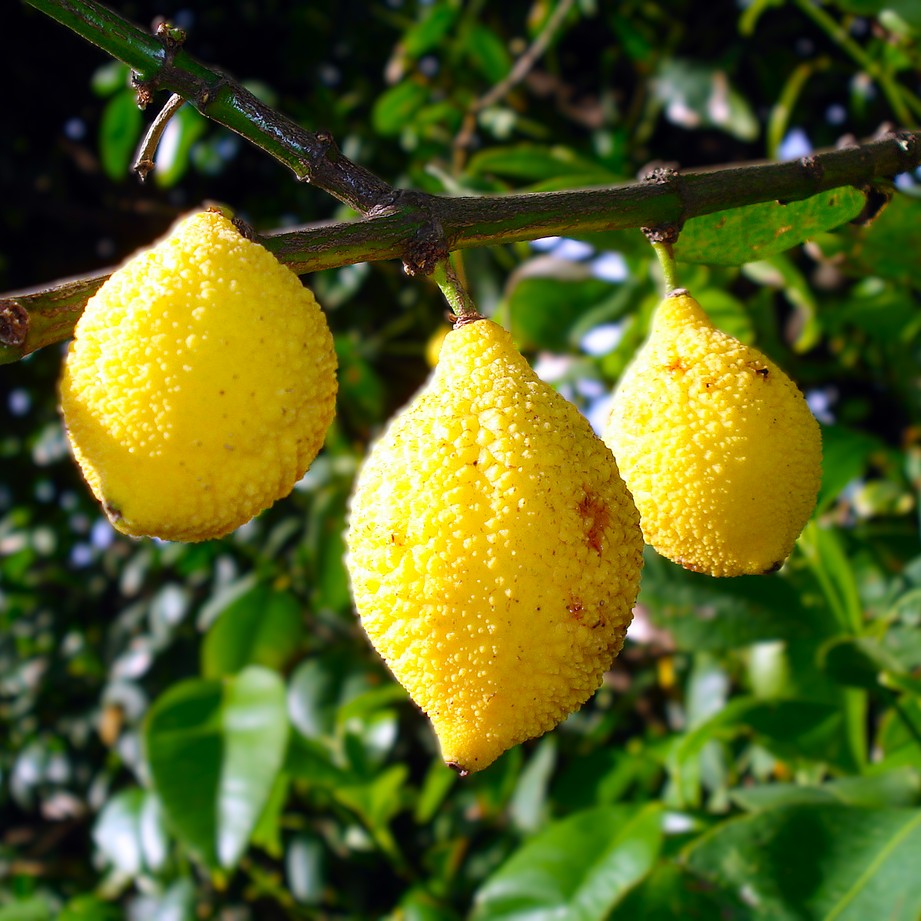
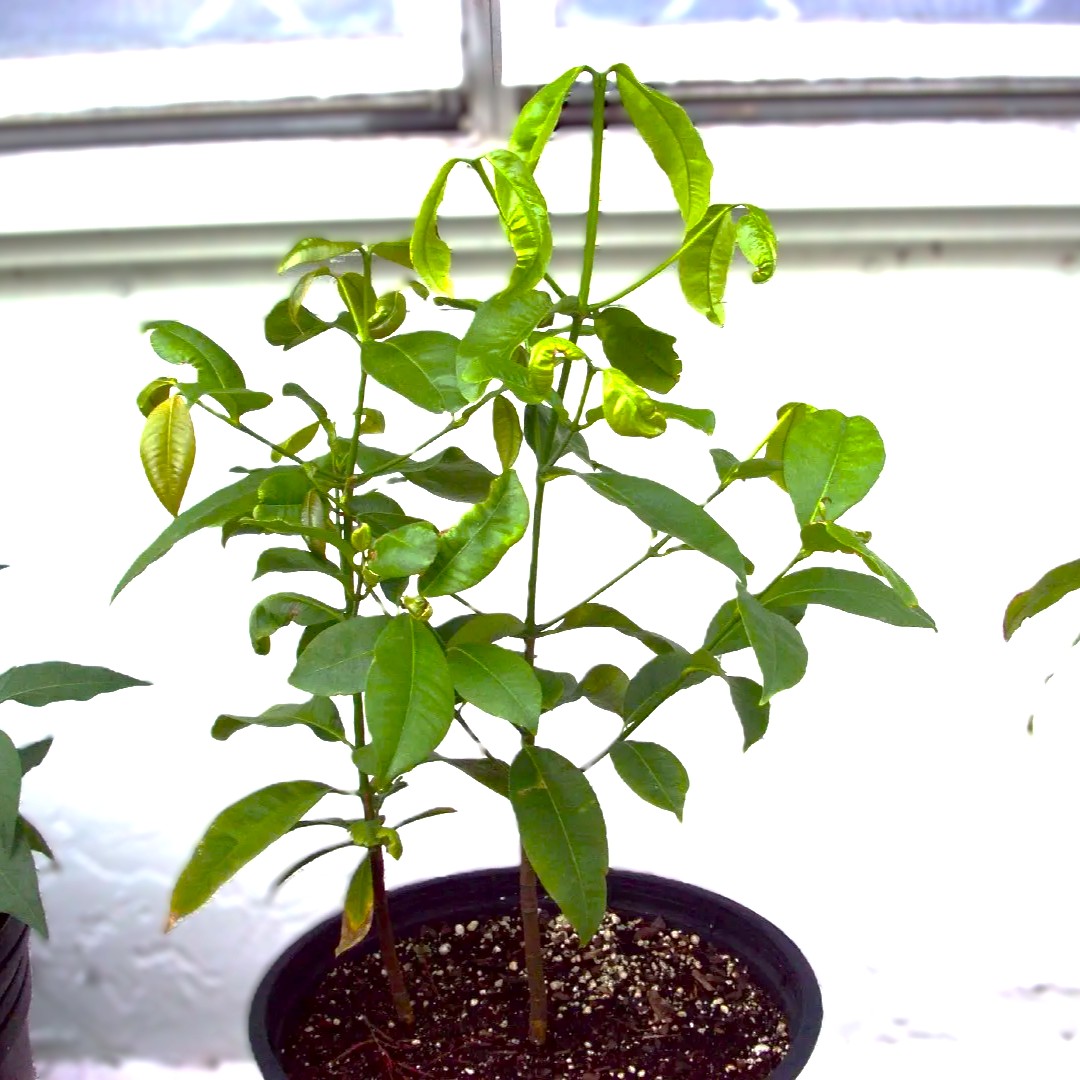

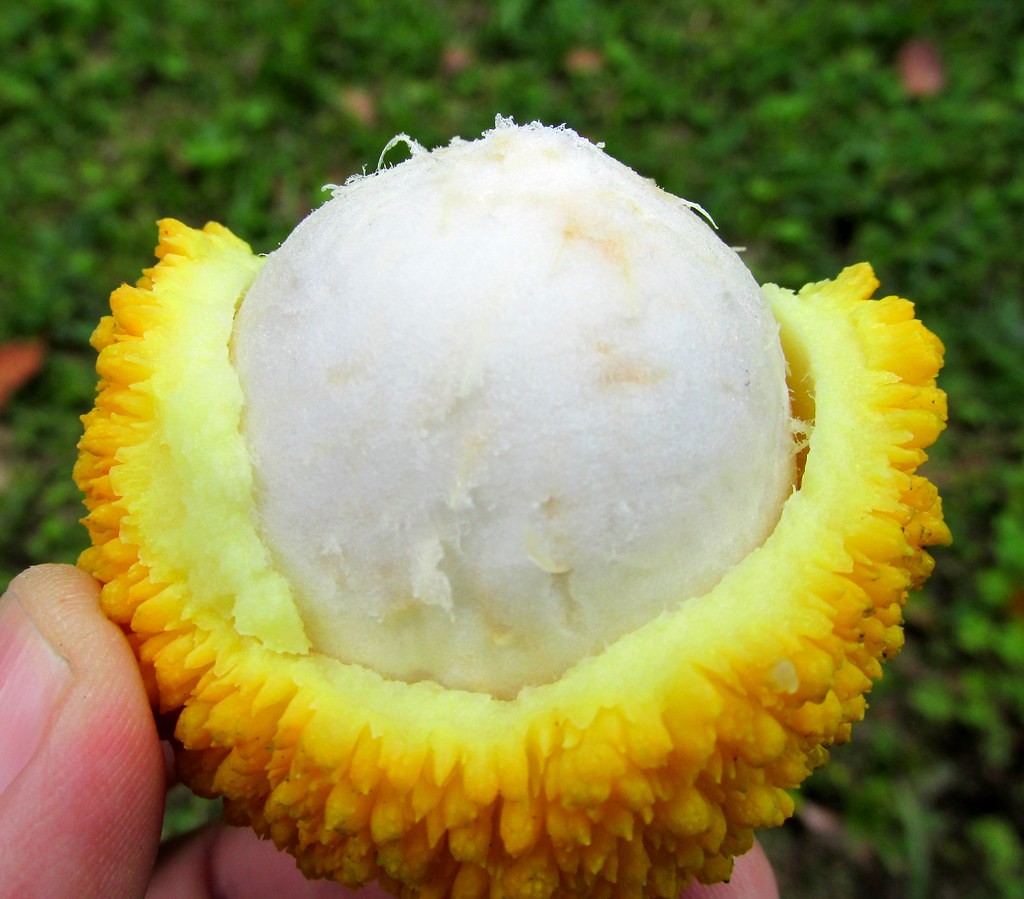

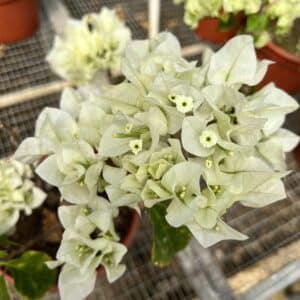
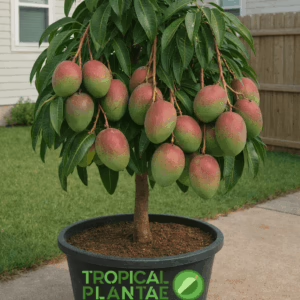
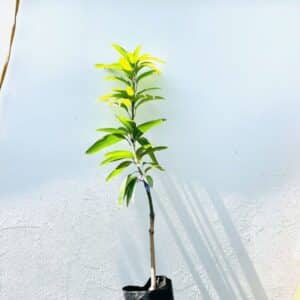


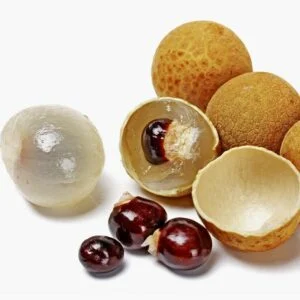
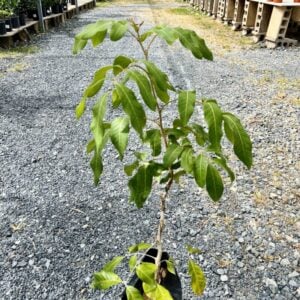
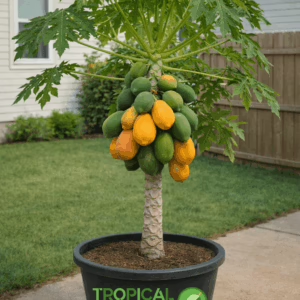
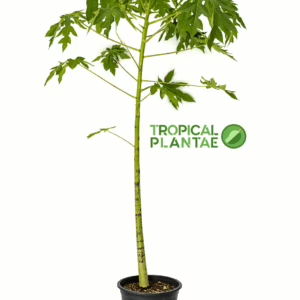
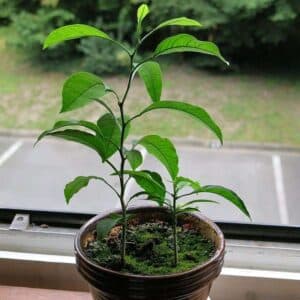
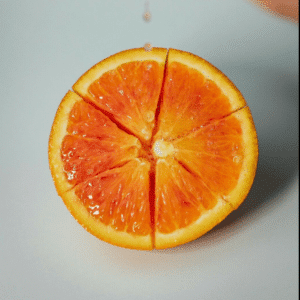
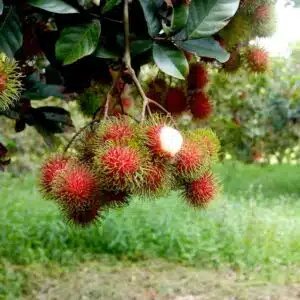
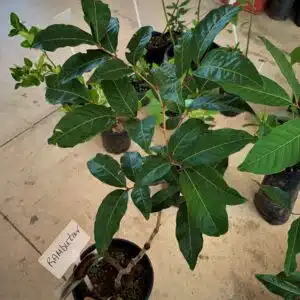
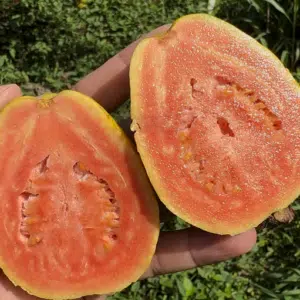
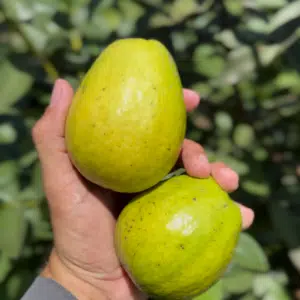


Reviews
There are no reviews yet.